A brief explanation of sea level rise solutions, timelines, and cities that are successfully implementing them.
Sea level rise solutions can save communities and habitats, but they take time to implement. From seawalls to living shorelines, a brief look at the different solutions, and their timelines, that coastal cities have turned to in response to sea level rise.
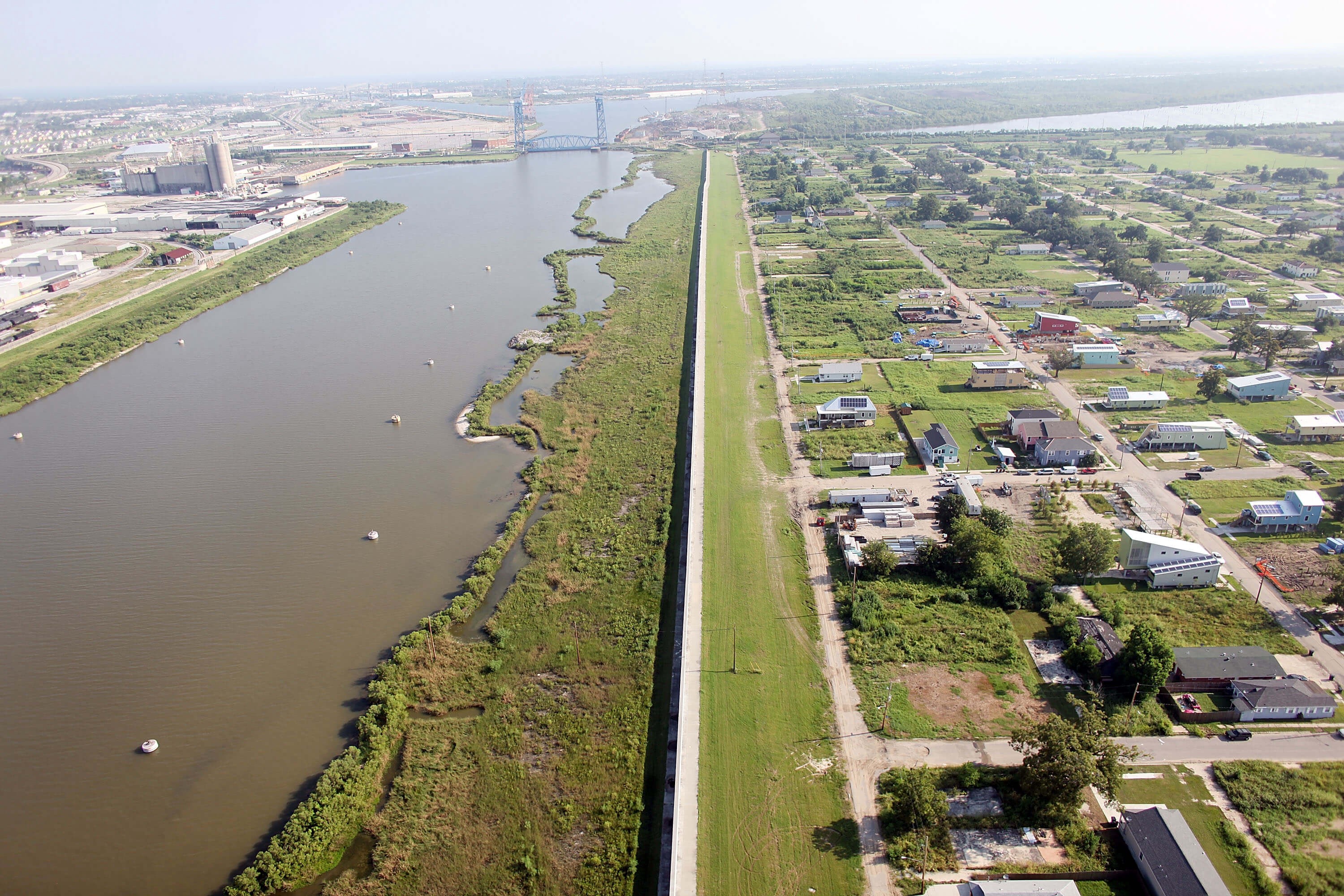
As sea levels continue to rise and cause problems for individuals and businesses, more and more concerned citizens are calling for their local politicians to take action. Many might already be aware of how community actions can lower flood insurance premiums ? but what exactly are these ?actions? and how long do they take to execute? Here, we?ll discuss several types of solutions that U.S. cities can implement to address sea level rise and how long they take.
Solution: Building Seawalls
One solution that cities employ to decrease flooding from tides and storms is constructing seawalls. These barriers are often built to a height of five to six feet above sea level and cost approximately $600 to $2,000 per linear foot. When seawalls age or become damaged from constant exposure to saltwater or the impact of waves, they need to be replaced. They also need to be replaced or built higher as sea levels continue to rise.
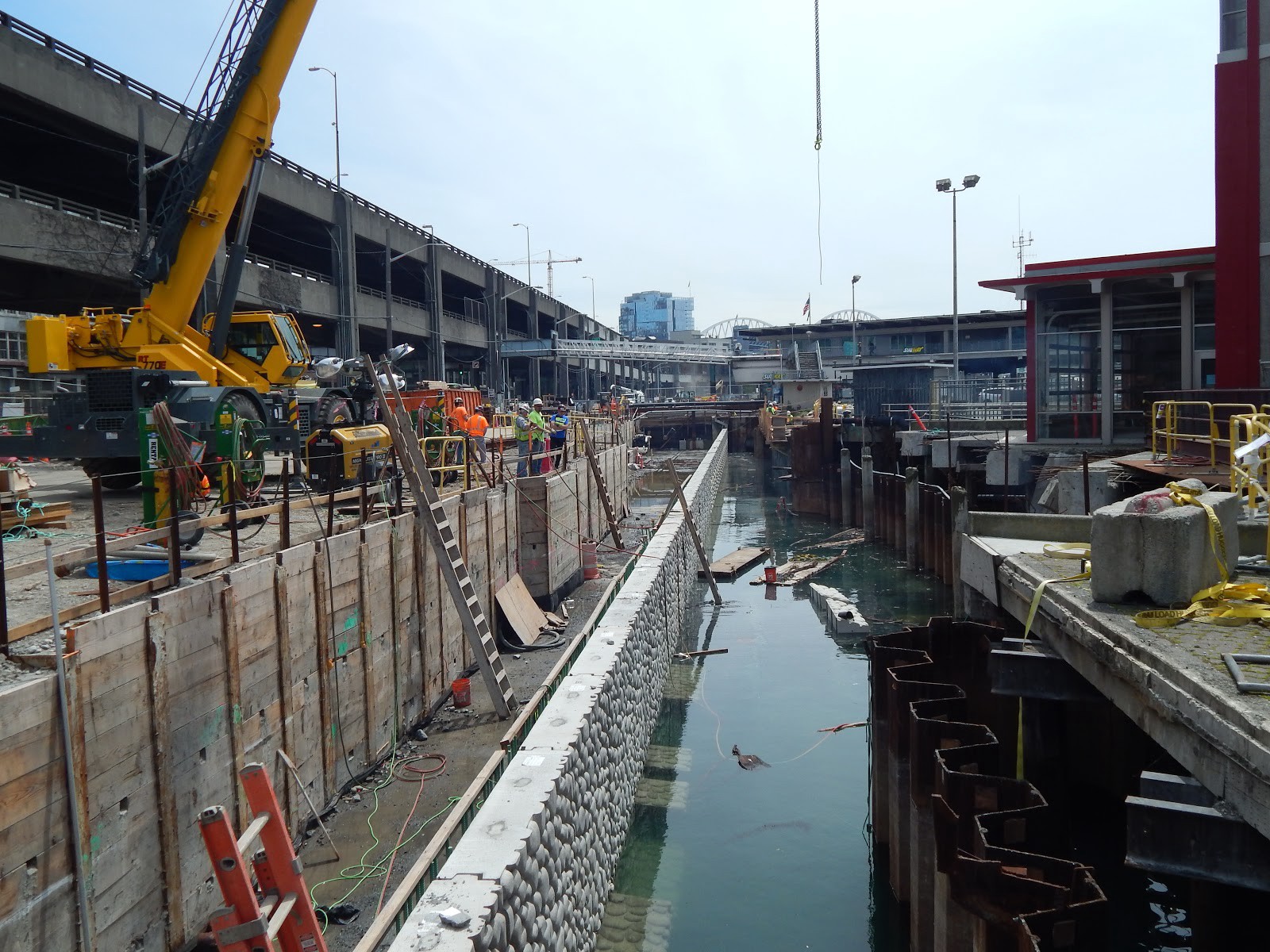 Seattle, W.A. Source
Seattle, W.A. Source
Where it?s in use:New York City is building a $335 million flood protection system in Manhattan through the Rebuild by Design project, which was implemented after the city suffered $19 billion in damages from Hurricane Sandy.
Time to execute: 4?5 years
Solution: Using Beaches As Barriers
Similar to seawalls, beaches and dunes can act as a natural wall and reduce the impact of storm surge. The bigger the beach or larger the dune, the more water can be stopped from reaching homes and roads. Towns can add sand to make beaches bigger or to prevent them from eroding. Using this type of natural infrastructure can protect against flooding while maintaining beaches for the community to enjoy.
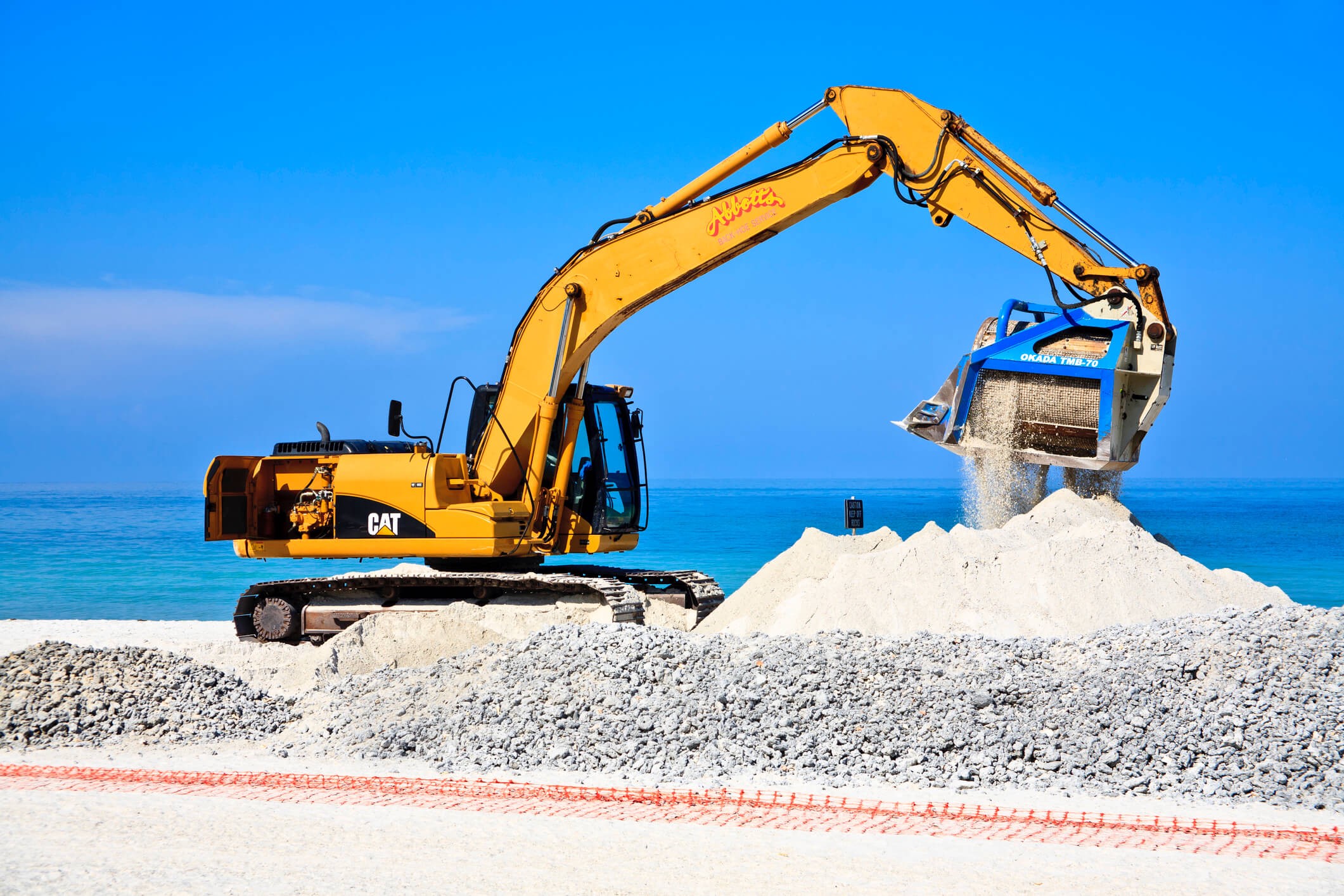
Where it?s in use:With the help of the Army Corps of Engineers, Norfolk accomplished a $34.5 million project to engineer a beach at Ocean View that will reduce flooding.
Time to execute: 12 weeks
Solution: Raising Roads
Raising roads above sea level can help drain water and reduce tidal flooding. In order to make sure that higher roads don?t channel flood waters into homes and stores at lower elevations, cities often use stormwater pumps to remove this excess water.
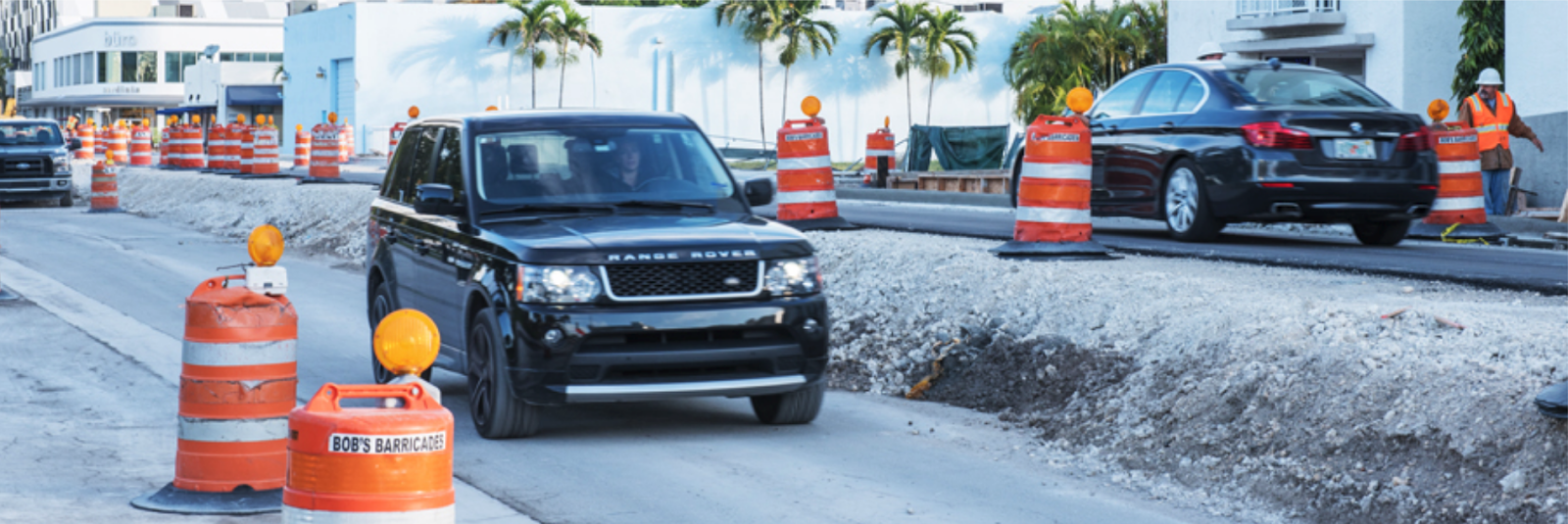 Raised roads; Miami Beach Stormwater Program
Raised roads; Miami Beach Stormwater Program
Where it?s in use: Miami Beach is raising roads by two feet, at a cost of roughly $2 million per block. The entire project is slated to be completed by 2019.
Time to execute: 2 years
Solution: Building Stormwater Pumps
With higher seas, water doesn?t drain out to the ocean as easily. Drainage systems are designed to channel excess rainwater from the streets and drain it into the sea, but the pressure from rising sea levels and higher tides can push too much water into these pipes, causing water to spill out into streets. Pumps can speed up the process of getting water out of the streets by vacuuming up the flood water and releasing it back into the sea.

Where it?s in use:Norfolk needs $70 million for pumps and drains by Ohio Creek, as part of a large-scale mitigation project being implemented.
Time to execute: 2?5 years
Solution: Upgrading Sewage Systems
Flooding can disrupt sewage systems and in particular, threaten septic tanks. Since saltwater is corrosive, it can breakdown tanks and cause sewage to spew out, creating health hazards. Towns can upgrade sewage systems so that stormwater doesn?t seep into pipes, upgrade septic tanks, or replace them with sewer lines for about $15,000 per replacement.
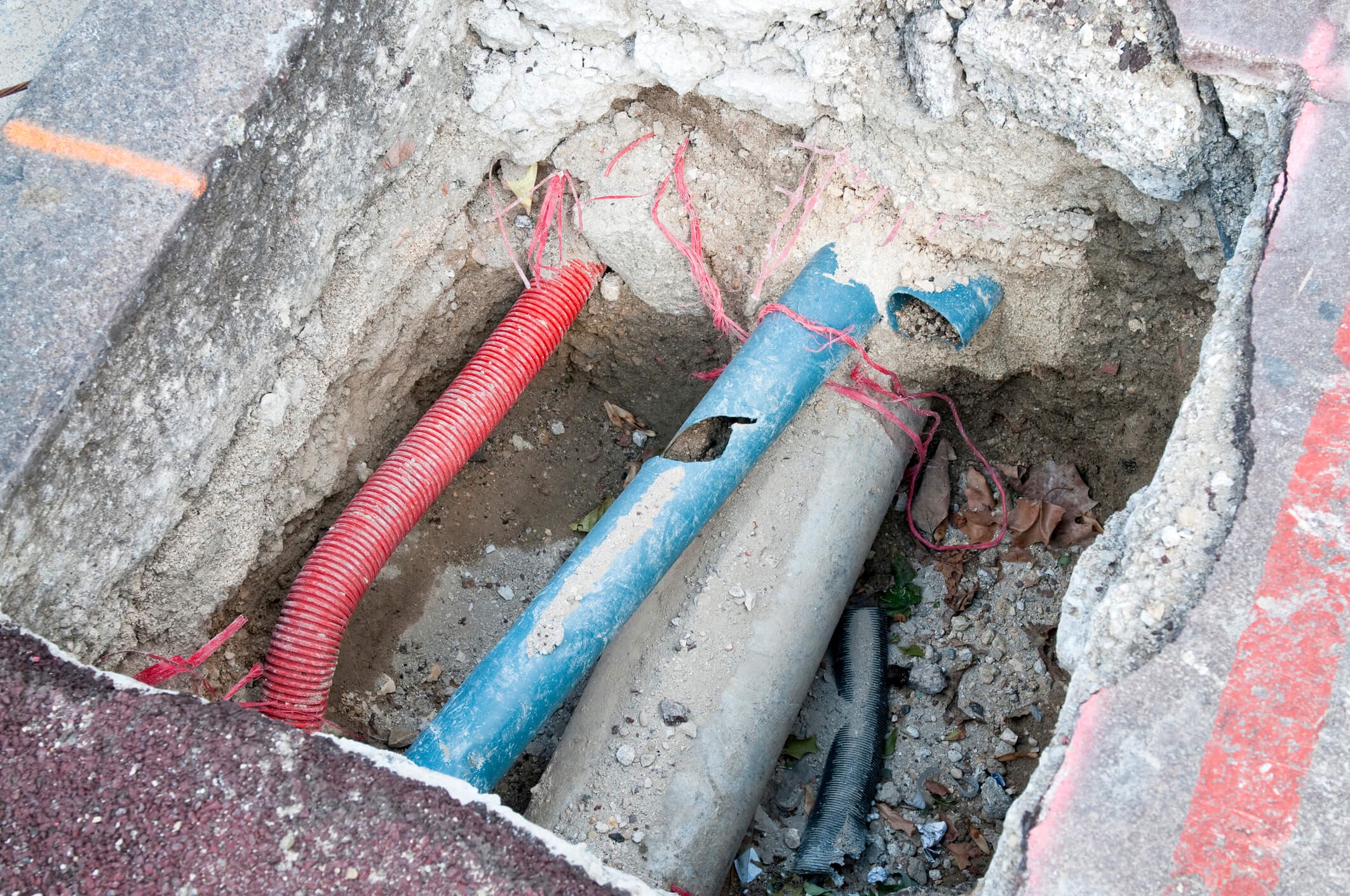
Where it?s in use:Florida?s Broward County has spent over $250 million to eliminate nearly all septic tanks by 2020.
Time to execute: 3 years
Solution: Creating Natural Infrastructure
Coastal communities can restore natural infrastructure, which can act as a buffer against storms and coastal flooding. Natural structures such as barrier islands, oyster and coral reefs, mangroves, seagrass, and salt marshes can work alone or in unison with built infrastructure, like seawalls, to absorb storm surge. These projects are often cost-effective, can improve the natural environment for the community, and save important habitats.

Where it?s in Use:Palm Beach County, Florida, is spending $17 million to create mangroves, oyster reefs, marsh and seagrass habitats on 70 acres of land.
Time to execute: 1?2 years
Time for habitat to become effective: 1?20 years
Solution: Slowing Land Sinkage
In places like Hampton Roads, Virginia, the land is sinking. This is because so much groundwater has been pumped out of the ground that the earth is now caving in to fill the empty space. Towns can slow down land sinkage by limiting further groundwater pumping, and initiating pilot projects to reverse land sinkage.
 SWIFT filtration system, Virginia.
SWIFT filtration system, Virginia.
Where it?s in use:Hampton Roads Sewage District has planned a $25 million pilot project called SWIFT that will begin experimenting with injecting a million gallons of purified wastewater in the ground per day. The project budget could increase to $1 billion.
Time to execute: 5?10 years
Solution: Managed Retreat
In some coastal areas, shorelines are being lost to storms, sea level rise, erosion, and subsidence. Though communities are implementing many of the solutions available to help stave off extreme land loss, some are considering relocation. This option may not be the best fit for all coastal communities facing the imminent threat of sea level rise, but for some, it is the best solution to keep residents safe.
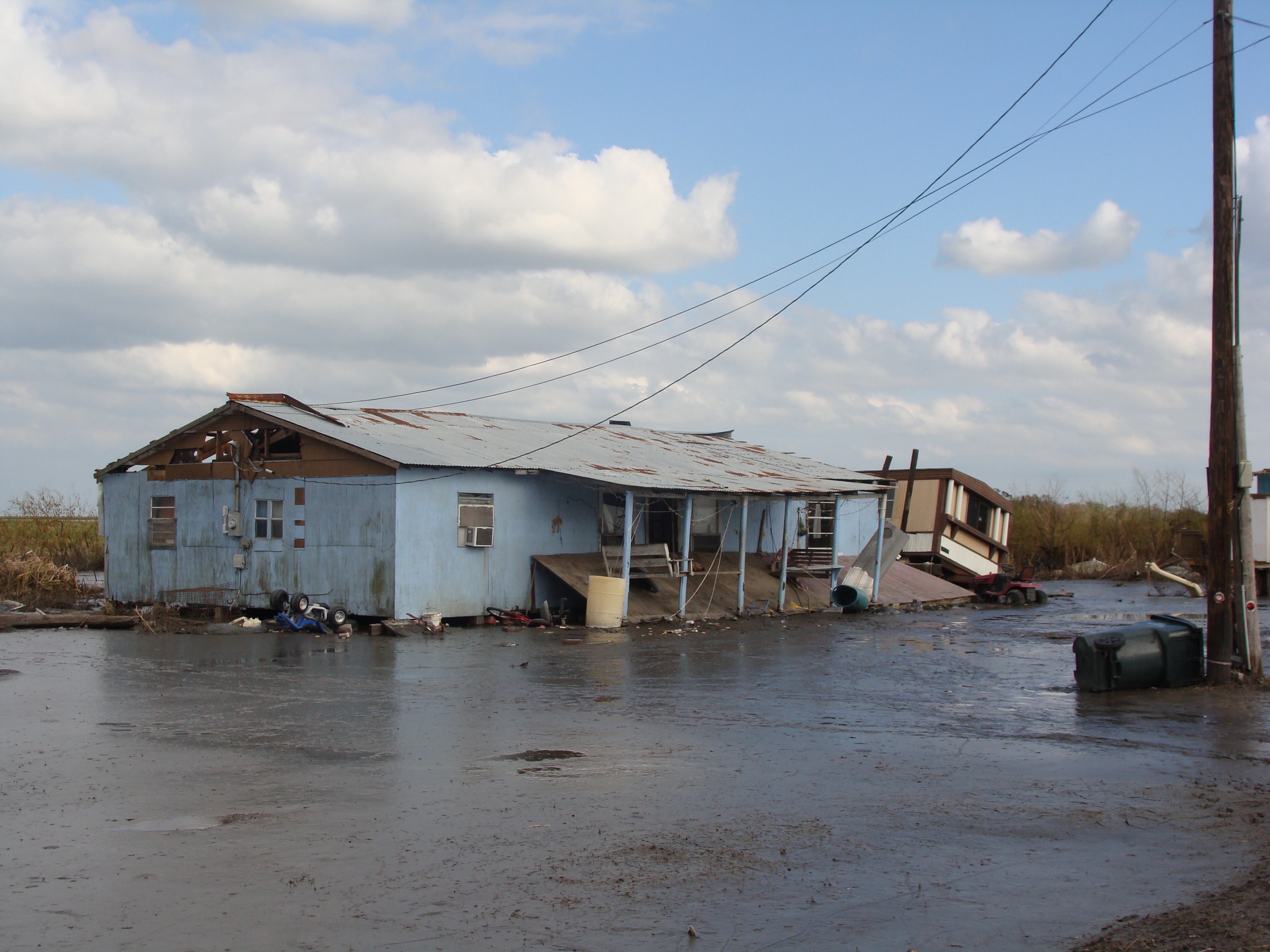
Where it?s in use:Isle de Jean Charles has a resettlement project underway, which will cost $48 million and relocate 36 households. The project was implemented in 2016, after the community lost 98% of its land over a 60 year period, and will be completed by 2022.
Time to execute: 5?12 years
Which Solution is Best?
There are many more solutions we haven?t covered here, that may have incredible benefits for your city. Across the globe, we can see innovative and resourceful solutions from communities that are coming together to combat sea level rise. Learning from how these cities have responded to sea level rise may inspire future solutions that U.S. cities can adapt for their own unique situations.
What works for one city may not work for another. Choosing the right solution will depend on factors like local climate, resources (both natural and economic), and laws. One of the main considerations is how sea level rise impacts the area ? some cities, like Hampton Roads, Virginia, may be more affected by land sinkage, whereas other cities, like Isle de Jean Charles, Louisiana, are more threatened by coastal erosion.
Learn how sea level rise affects your state here.
Solutions Take Time
The first step to any of these solutions is making sure that local officials are aware of your concerns about sea level rise and flooding so they can prioritize implementing solutions. Not sure who to contact? Try looking up your address or city on Flood iQ, where you can find both your flood risks and who to contact about them.
The important thing to remember about all of these solutions is that they take time to execute, so it?s imperative for cities and residents to remain proactive. Knowing what issues sea level rise and flooding may pose today and 10?30 years from now will give coastal communities the ability to prepare for and prevent these problems by finding solutions that protect property, economy, and quality of life.
 First Street Foundation is a registered 501(c)(3) public charity that works to quantify and communicate the impacts of sea level rise and flooding
First Street Foundation is a registered 501(c)(3) public charity that works to quantify and communicate the impacts of sea level rise and flooding SeaLevelRise.org was created to enlighten and enable elected officials to implement widespread solutions to sea level rise. While there are many groups that benefit from the output of SeaLevelRise.org, we craft everything we do to be useful for elected officials and community leaders.
SeaLevelRise.org was created to enlighten and enable elected officials to implement widespread solutions to sea level rise. While there are many groups that benefit from the output of SeaLevelRise.org, we craft everything we do to be useful for elected officials and community leaders.


